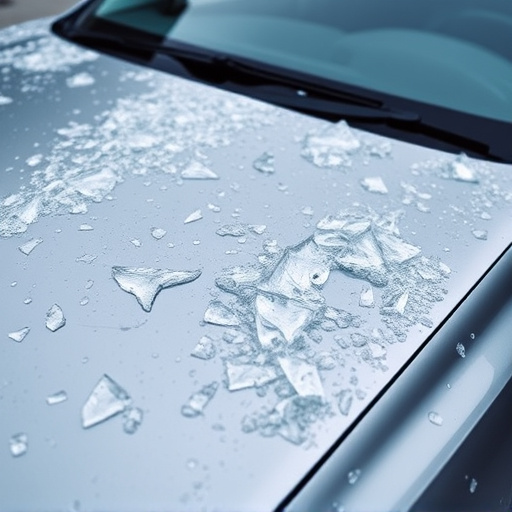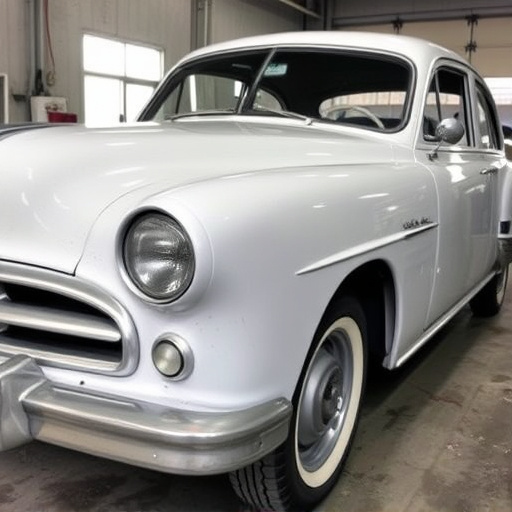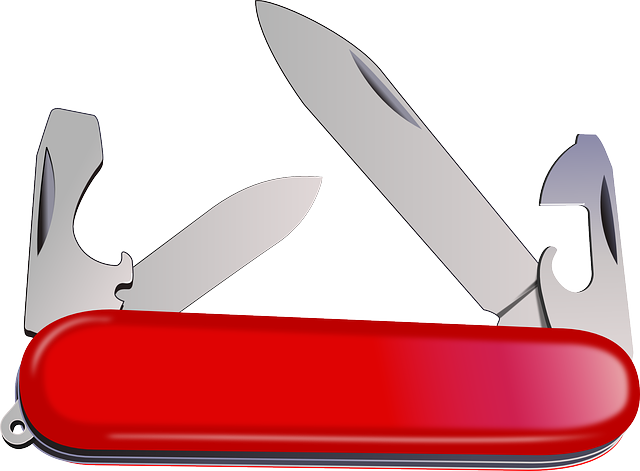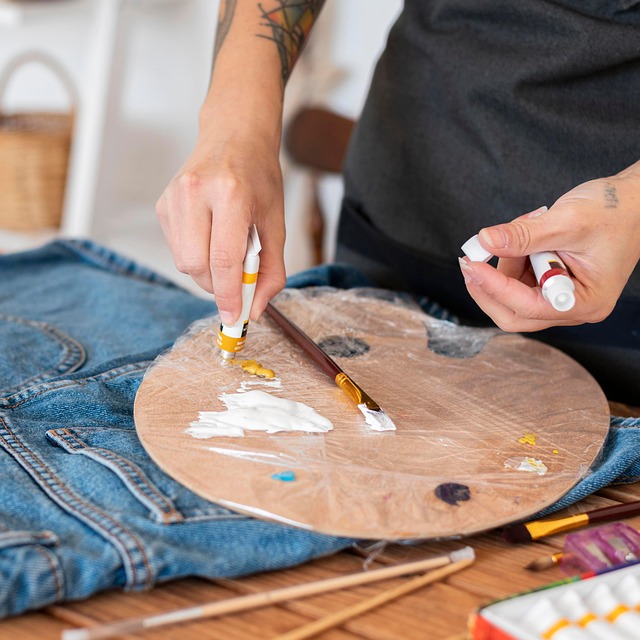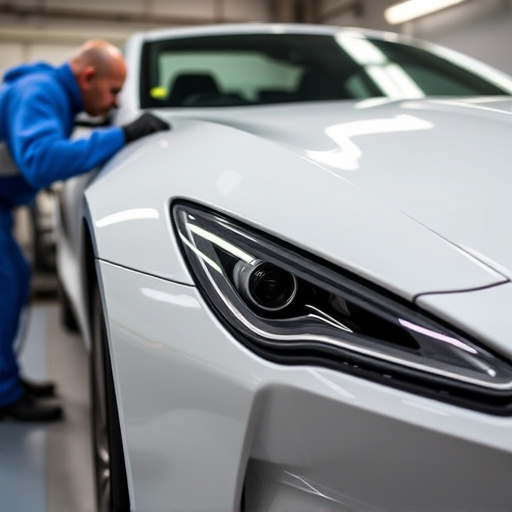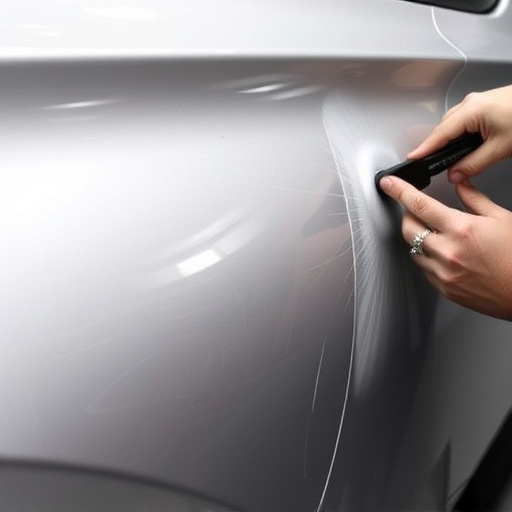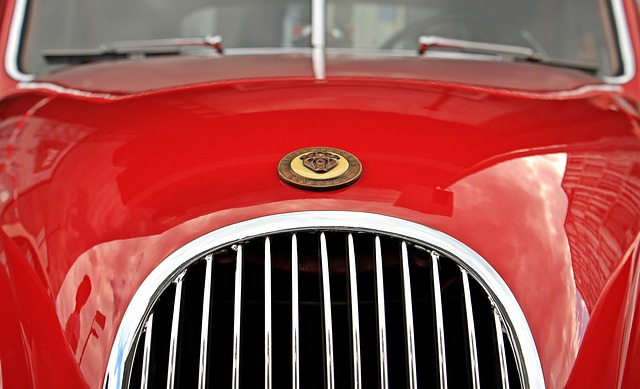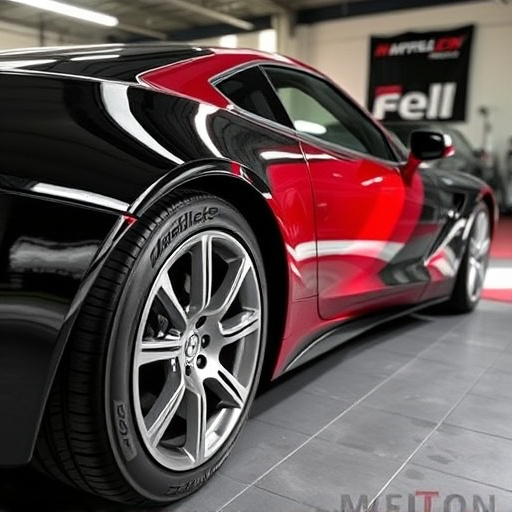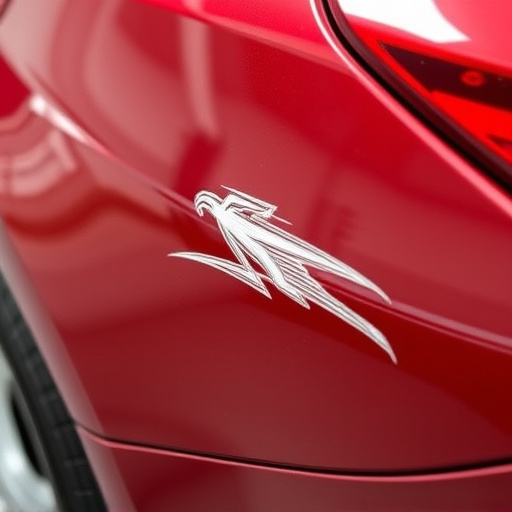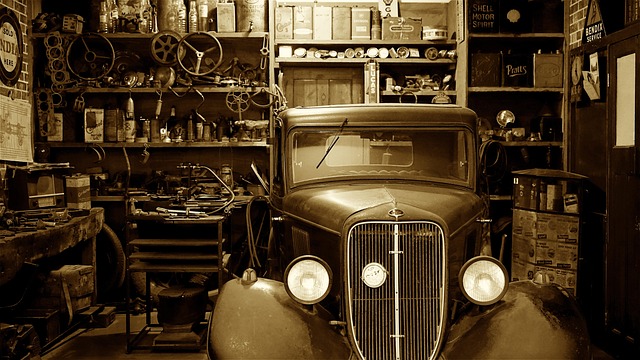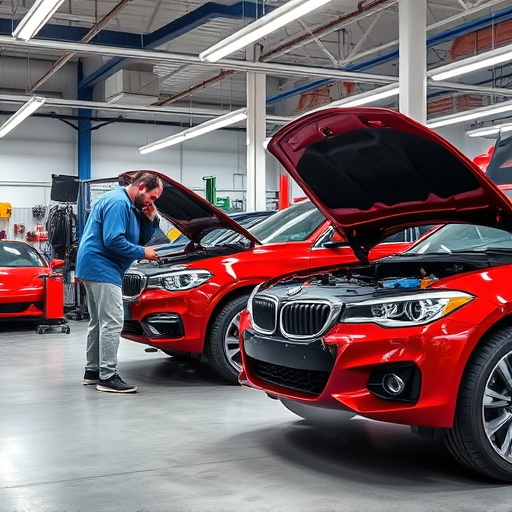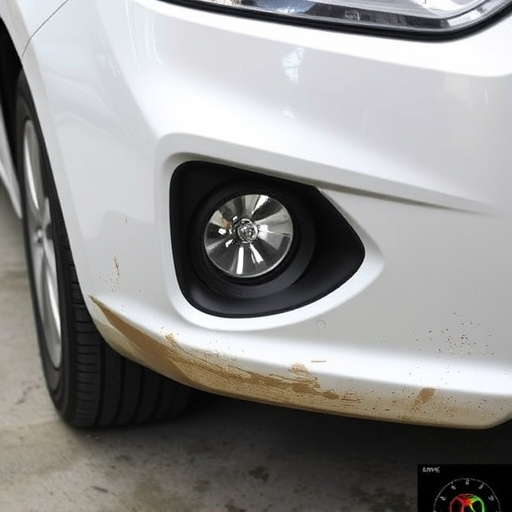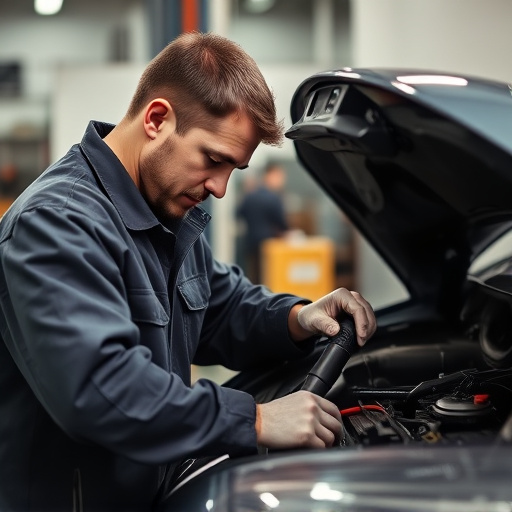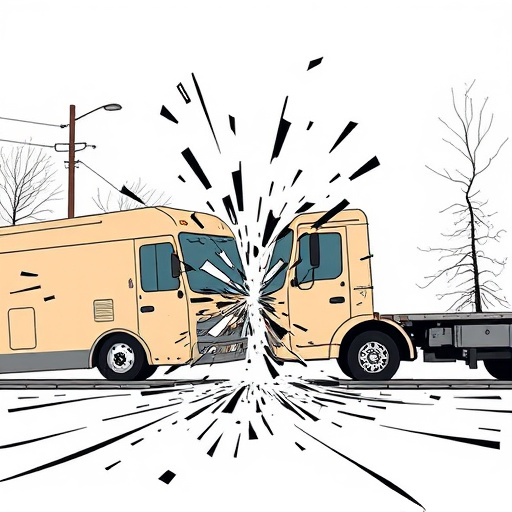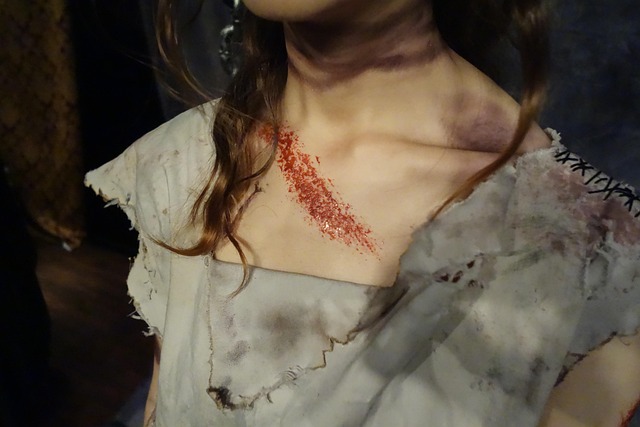Classic car restoration involves meticulous stripping and prepping to remove old paint and rust, requiring specialized tools for metal or plastic. Using authentic period parts ensures durability and accuracy. Expert restorers blend colors with techniques like hand-blending or airbrushing for seamless transitions, demanding precision and skill. This commitment to excellence in painting is crucial for longevity and allure in bringing timeless machines back to their former glory.
Unleash your passion for classic cars with advanced tips on mastering restoration techniques. This guide delves into the intricate world of reviving vintage vehicles, starting with the art of stripping and prepping—the foundation for any successful restoration. Learn how to choose the perfect materials, ensuring longevity and authenticity. Discover masterful painting and finish techniques that transform rusty shells into gleaming classics. Elevate your skills in classic car restoration and bring these time-honored machines back to their former glory.
- Understanding the Art of Stripping and Prepping
- Choosing the Right Materials for Restoration
- Masterful Techniques for Painting and Finishes
Understanding the Art of Stripping and Prepping
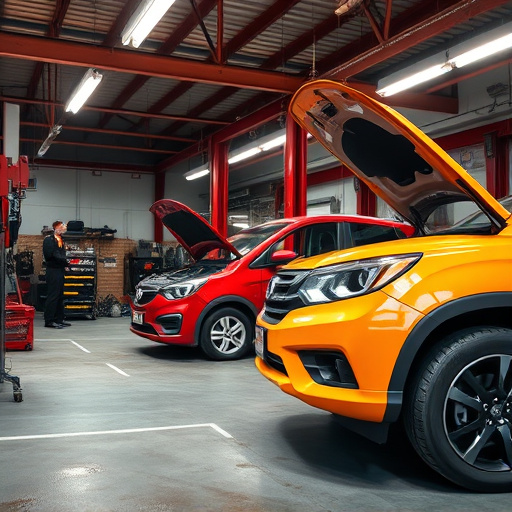
The art of stripping and prepping is a crucial step in any classic car restoration project. It involves carefully removing old paint, rust, and damaged components to prepare the car’s surface for new repairs or repainting. This meticulous process requires specialized tools and techniques tailored to different materials, such as metal or plastic. Professionals often start with a thorough cleaning to eliminate dirt and debris, followed by sanding to create a smooth base.
For classic cars, achieving a flawless finish demands precision and patience. It’s important to understand the history of the car’s bodywork, identifying previous repairs and their quality. Reputable auto body services specializing in classic car restoration can provide expert guidance on the best stripping and prepping methods for specific makes and models, ensuring that the final result matches the car’s original craftsmanship while enhancing its overall appeal and longevity.
Choosing the Right Materials for Restoration
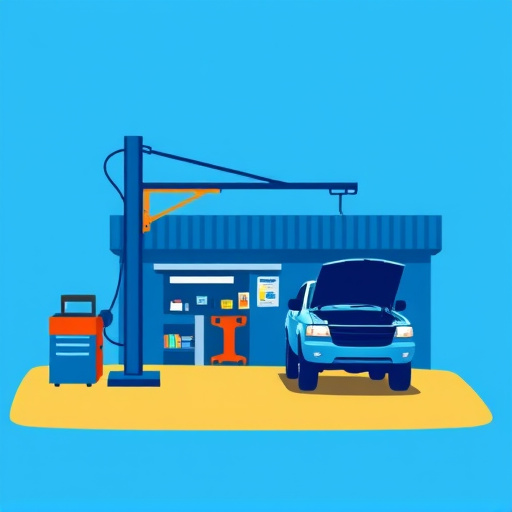
When engaging in classic car restoration, selecting the appropriate materials is paramount to achieving an authentic and high-quality result. Originality is key; seek out parts that are period-correct for your specific model year. This ensures not only accuracy but also longevity, as modern substitutes might lack the durability of vintage components. For example, when dealing with autobody repairs, opt for genuine old-school paint and finishes to capture the vehicle’s original aesthetic.
Remember, classic car restoration is an art that demands meticulous attention to detail. Every part, from engine components to trim pieces, should be carefully chosen to align with the car’s heritage. By prioritizing authenticity in materials, restorers can preserve the vehicle’s history and ensure it stands the test of time, becoming a true testament to its original glory within the realm of vehicle restoration.
Masterful Techniques for Painting and Finishes
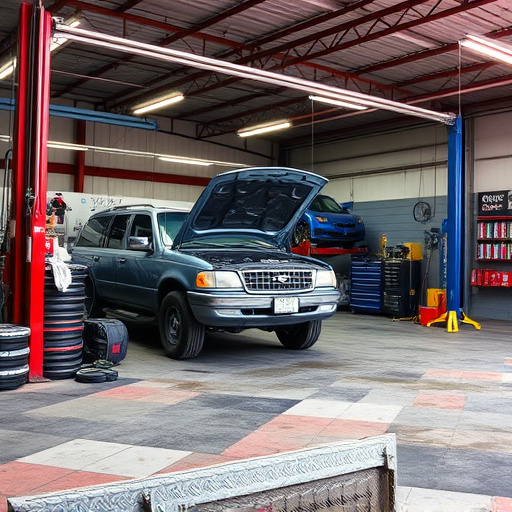
In classic car restoration, mastering painting and finishes is akin to crafting a masterpiece. It involves meticulous preparation of the car body, using specialized primers and undercoats to ensure a smooth base for the final coat. The art lies in achieving a perfect blend of colors, utilizing techniques like hand-blending or airbrushing to create seamless transitions that honor the vehicle’s original aesthetic. A quality automotive body shop understands the importance of precision and patience in this process, as it directly influences the restoration’s longevity and overall allure.
Expert restorers spend countless hours perfecting these skills, ensuring that every curve and contour of the car body repair is flawless. This dedication results in a finish that not only matches the original but also enhances its beauty, making the vehicle stand out as a true work of art on wheels. Whether it’s a collision repair shop or a specialized classic car restoration facility, the quest for excellence in painting is a cornerstone of bringing these timeless machines back to their former glory.
Classic car restoration is an intricate art that demands precision and a deep understanding of traditional techniques. By mastering stripping and prepping, selecting superior materials, and perfecting painting methods, restorers can breathe new life into vintage vehicles. These advanced tips ensure that every detail is considered, allowing for the creation of stunning, authentic restorations that pay homage to automotive history.
